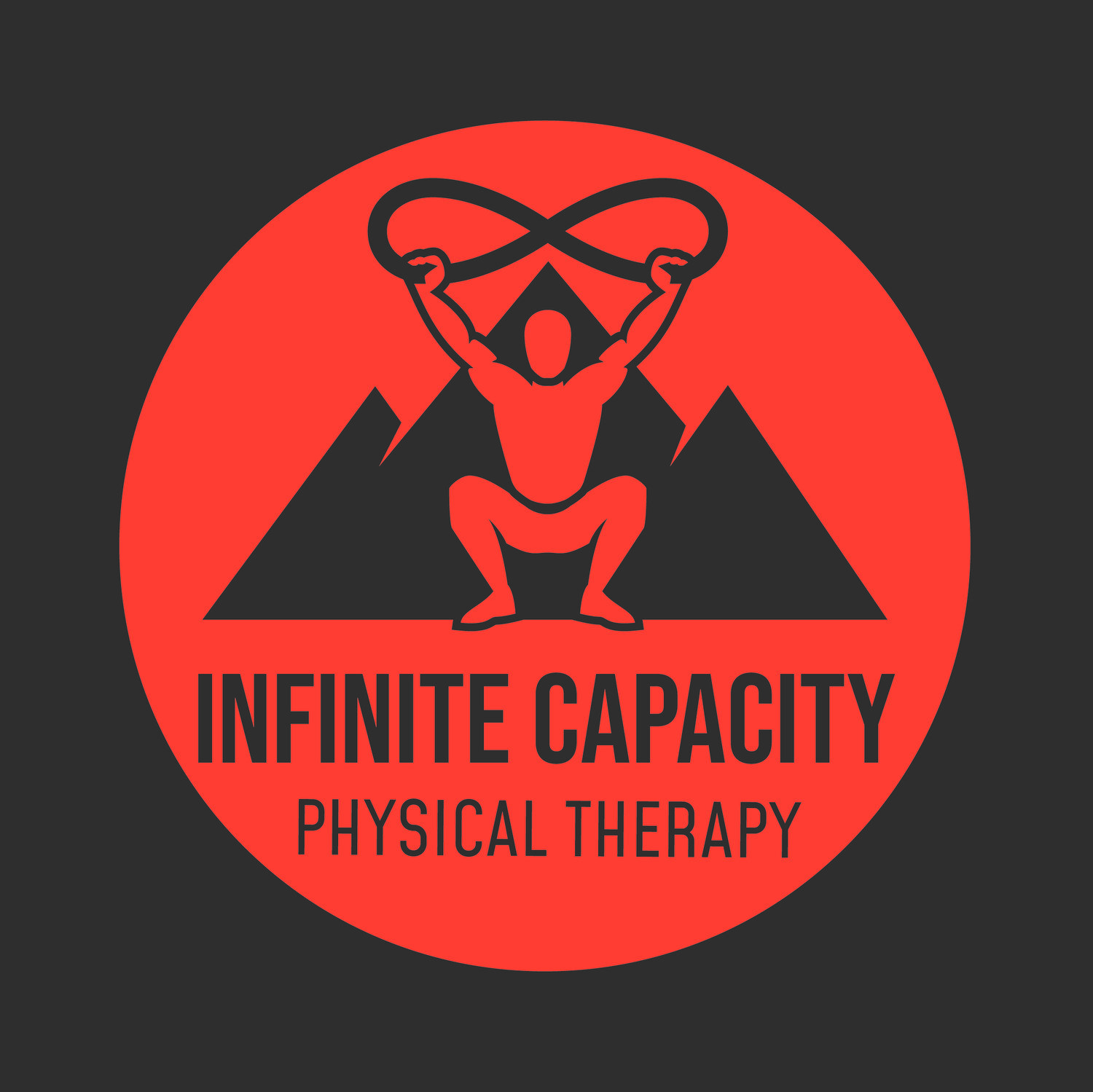An Injured Healthcare System Physical Therapy Can Treat: Part 3
Insurance Driven Treatment
“Price shopping is a cornerstone of the consumer-driven health care model in which patients preferentially choose lower-priced, higher-quality providers.”(6) This is currently extremely difficult for a patient to do when looking for physical therapy services.
Typically, a patient isn’t seeking physical therapy for just one specific item, only one exercise or only a massage for example. Physical therapy is a package of multiple treatment interventions (evaluations, manual therapy, exercises, balance activities, etc.). In most cases, physical therapists use anywhere from one billing code to upwards of four, five, or more different billing codes during any single patient interaction. There are timed codes and untimed codes, and all of this can change from visit to visit. Then, each of these specific billing codes are different prices, which results in the therapist and patient never knowing exactly what the final charge will be until after the visit is completed. This would be like asking what your bill will be at a grocery store, before knowing what will end up in your cart.
To make matters worse, prices set by physical therapy clinics for each billing code are rarely reimbursed fully by insurance carriers, and each insurance may reimburse a different amount for the same billing code.
Due to this, therapists can feel pressured into treating to maximize billing instead of treating optimally for the patient. In order to increase billing and reimbursement from the insurance company, excessive or less effective treatments may be administered to a patient. This pressure can also result in multiple patients being seen at one time, attempting to increase productivity to offset the low reimbursement rates set by the insurance companies.
Check back next Thursday as I wrap up this 4 part series with how “Patient Driven Treatment” can change the system.
References
(6) Mehrotra, A., et al., Promise and Reality of Price Transparency. New England Journal of Medicine, 2018; 378(14): 1348-1354.
